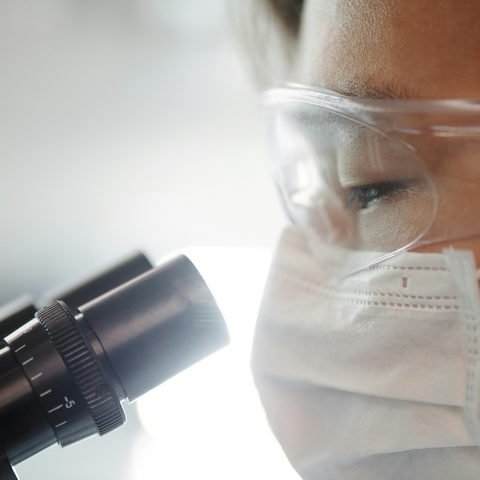The Overlooked Crisis in Women's Health
In today's advanced medical landscape, it's perplexing—and deeply concerning—that a significant portion of the population is systematically overlooked. Women, constituting half of the global populace, face a healthcare paradox that is as old as the practice of medicine itself. Despite advancements in healthcare technology and policy, diseases exclusive to females continue to be covered in uncertainty, with research being underfunded and public awareness lacking.
The Roots of Disparity: Unraveling the Historical Bias
The journey of medical research has been long and fraught with biases that have skewed data and treatment options. Traditionally, clinical trials and research studies have leaned heavily towards male participants, leading to a one-size-fits-all approach in treatments that fail to address the biological differences between men and women. This oversight is not merely an error of exclusion; it's a reflection of a deeper societal bias that has historically minimized women's health issues, relegating them to the realm of hysteria or overreaction.
Diving into the intricacies of this bias, it's evident that the issue is twofold: a lack of representation in clinical trials and a substantial funding gap. Studies such as those by Arthur A. Mirin have highlighted the stark underrepresentation of women in clinical trials, a practice that has led to a significant knowledge gap in understanding how diseases uniquely affect women's bodies.

Economic and Social Consequences: The Ripple Effect
The consequences of this research and funding disparity extend far beyond the doctor's office. Women grappling with diseases that are not well-understood or properly treated endure not just physical discomfort but also emotional and financial burdens. The economic repercussions are significant, manifesting in heightened healthcare expenses stemming from unsuccessful treatments and incorrect diagnoses. Consider Endometriosis, which on average requires seven years for a correct diagnosis to be made. Prioritizing early intervention can significantly improve the quality of life for those affected. Besides that, natural and effective pain relief methods such as TENS and Heat therapies are frequently ignored; instead, women are frequently prescribed birth control pills as a simplistic solution.
Moreover, the societal cost of undervaluing women's health concerns perpetuates a cycle of silence and stigma, discouraging women from seeking help or participating in research.
Charting a Path Forward: Advocacy, Awareness, and Action
The path to bridging the gap in research and funding for female-exclusive diseases is paved with a lot of advocacy, increased awareness through social media, and decisive action. By amplifying the voices of those affected and advocating for more inclusive research practices, we can begin to dismantle the barriers to effective treatment and understanding. Initiatives to increase public awareness and education about women's health issues are crucial in changing the narrative and encouraging a more equitable allocation of resources.

